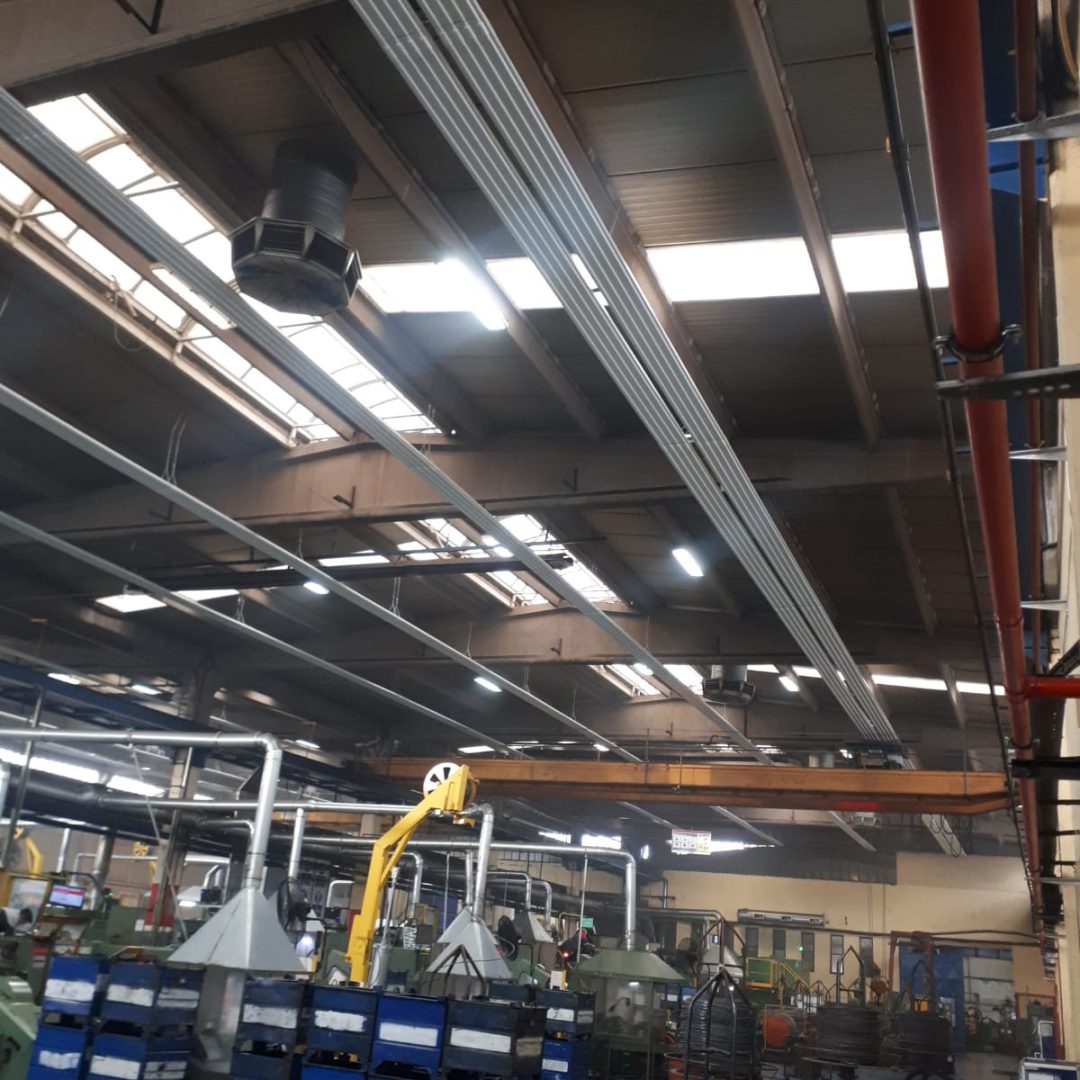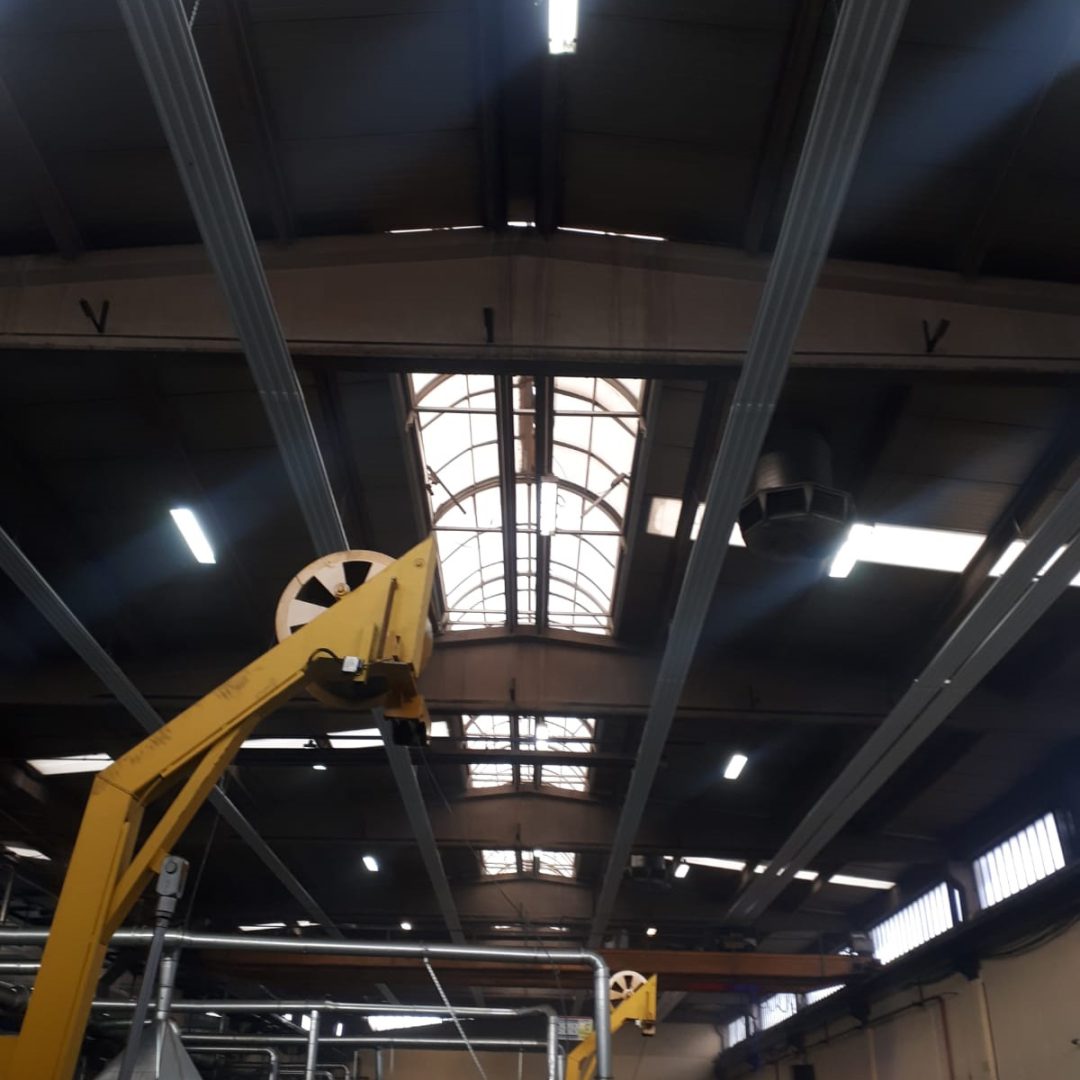Waste Heat Applications
Considering that we live in a time where energy is more important and valuable than ever before, it is possible to say that it is critical to use energy in the most accurate and effective way. One of the most important factors to be considered in studies aimed at ensuring energy efficiency is to recover the waste heat generated as a result of the processes. In industrial facilities, waste heat recovery can be made from the flue gases of boilers and furnaces, compressors and many different points such as these. Energy savings can be achieved by using the recovered waste heat in building heating. It is much more effective and efficient to use radiant systems instead of convectional systems for high ceiling structures (this can be examined in detail in the comparisons section).
Therefore, Water Radiant panels can be used to heat the building by transferring waste heat to water through heat exchangers. Apart from Water Radiant panels, there is no other radiant heating system that can operate with waste heat. If waste heat is used as a heat source in Water Radiant panels, an additional heat source is not needed for heating. In cases where the waste heat source capacity is insufficient, it is possible to supplement the Water Radiant panels with an additional heat generator (boiler, etc.).
Thanks to the use of waste heat sources, it is possible to save up to 100% in the fuel consumption required for the heating of the building, and in some cases, even the energy costs to be spent for the removal or cooling of the waste heat released as a result of the process can be saved. For Water Radiant heating systems using waste heat, very suitable return on investment times can be achieved and very serious savings can be realized in the long run.


